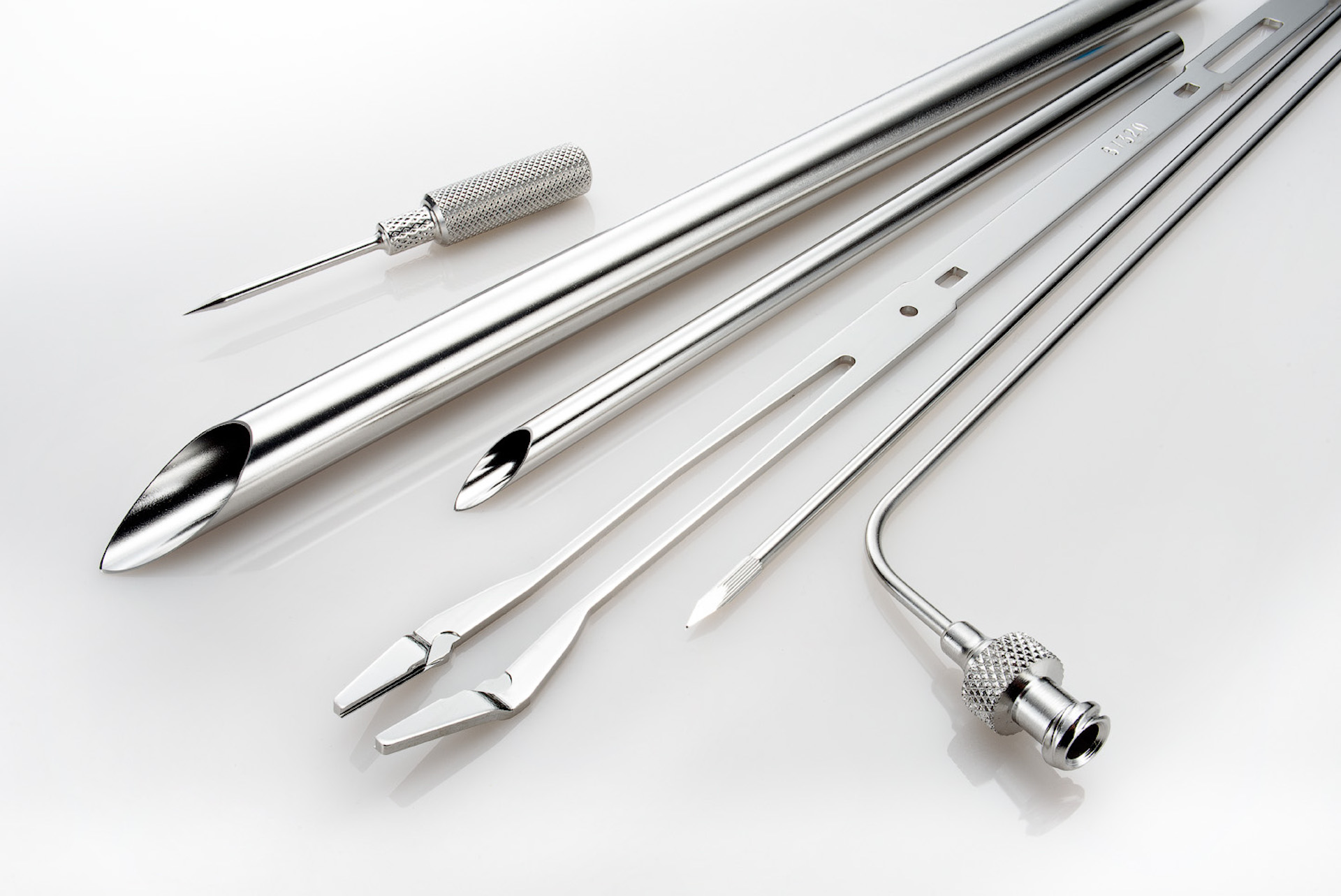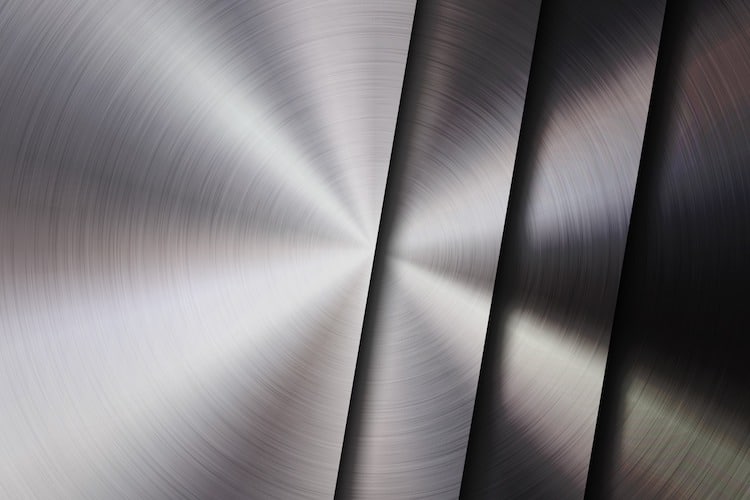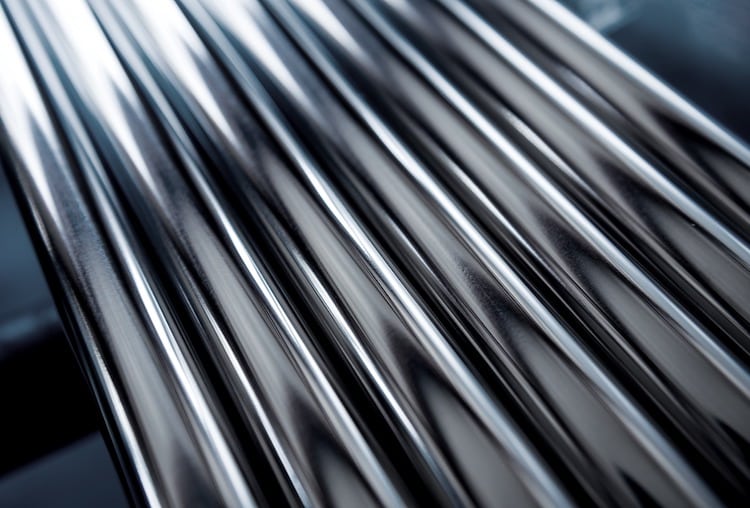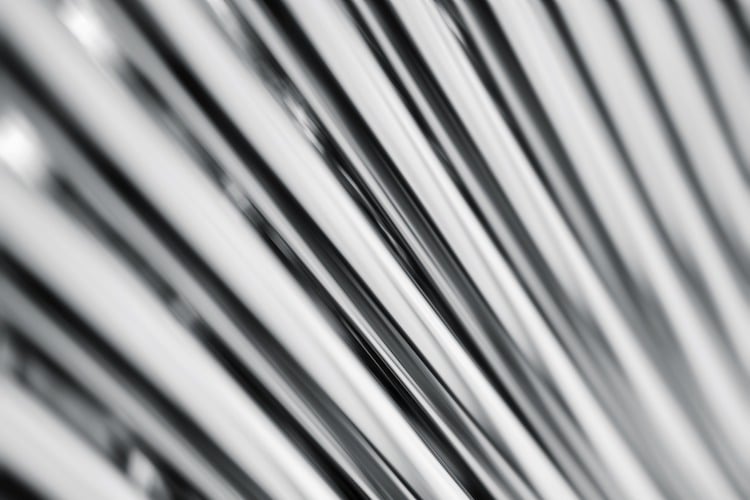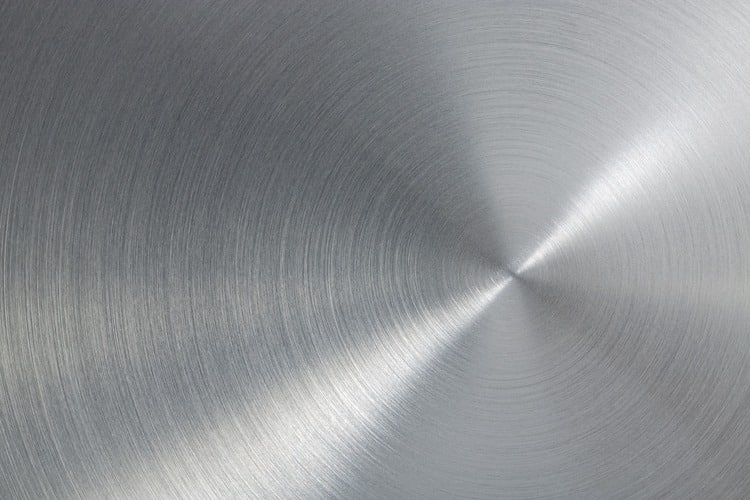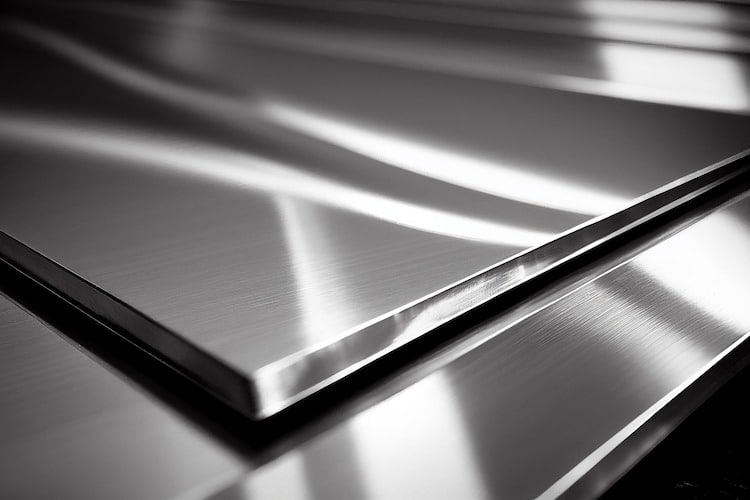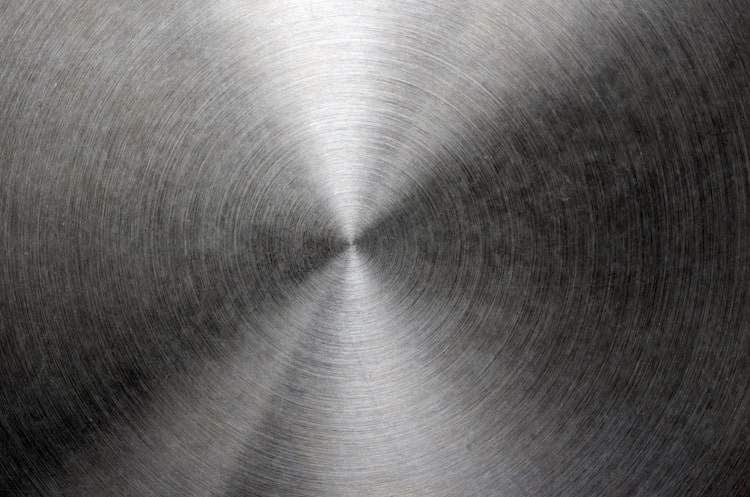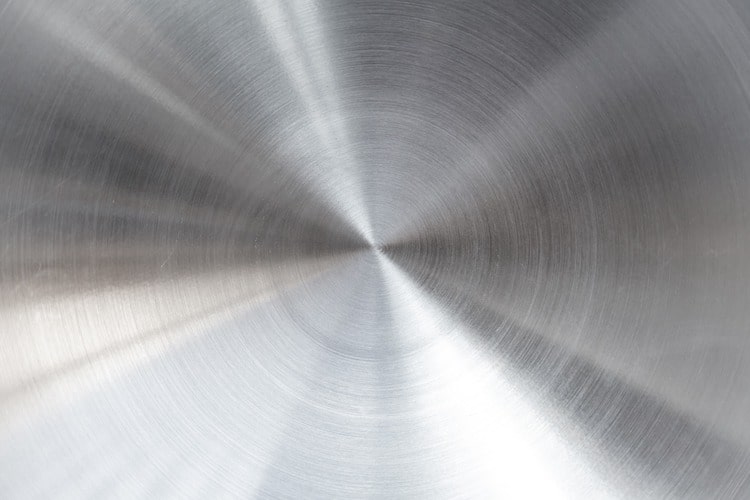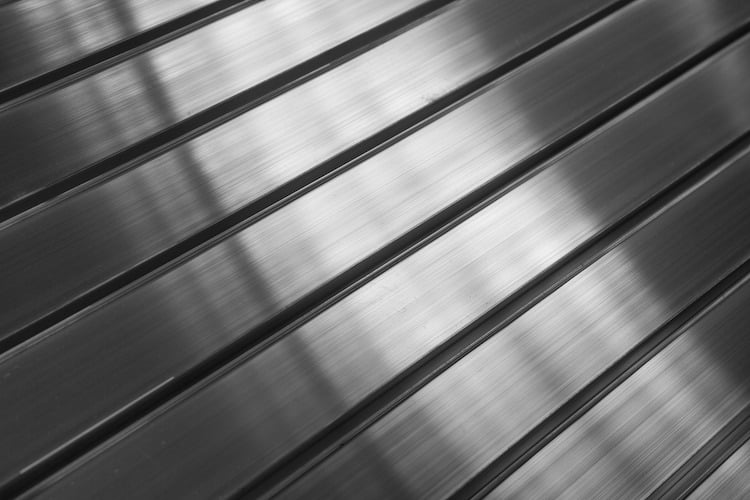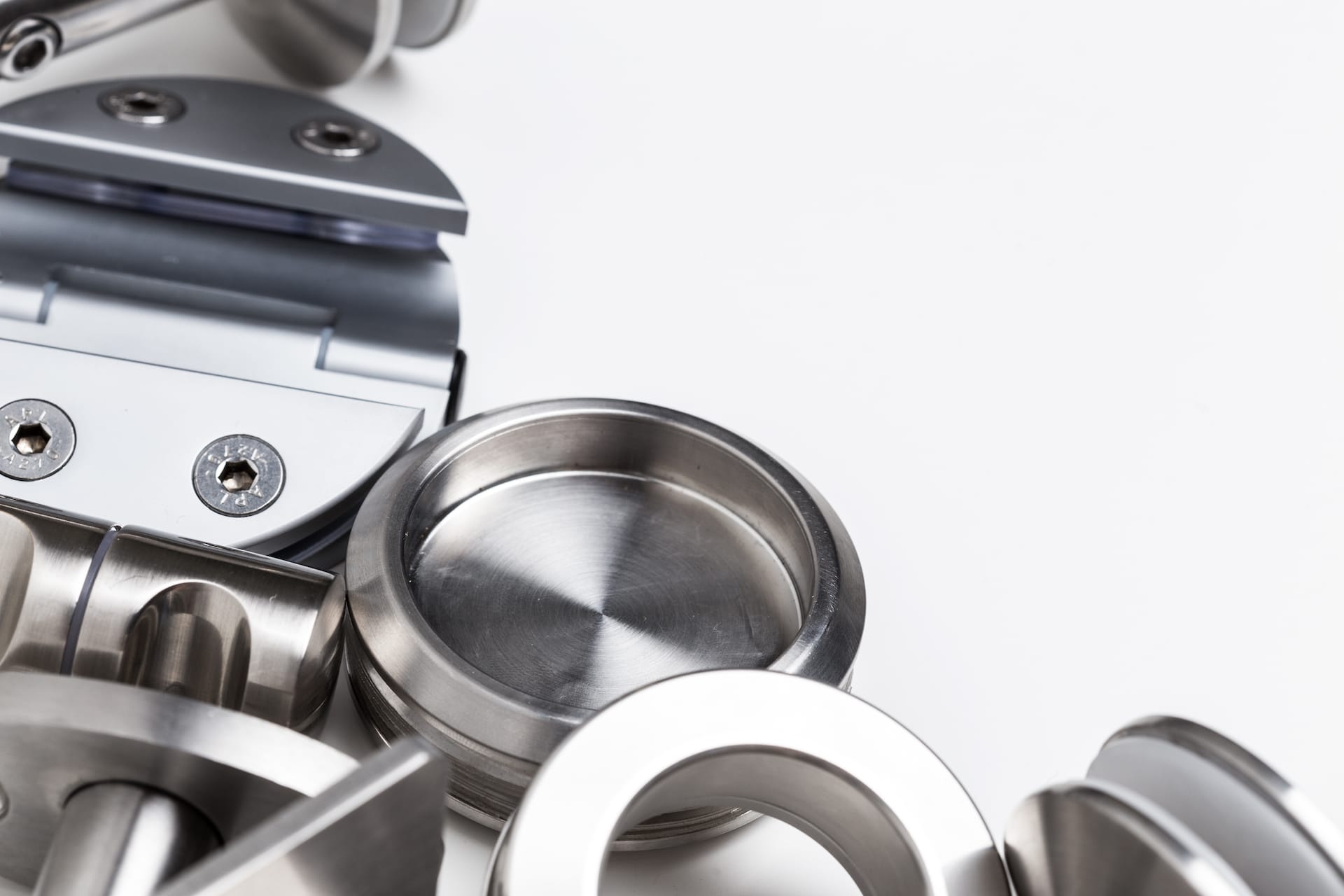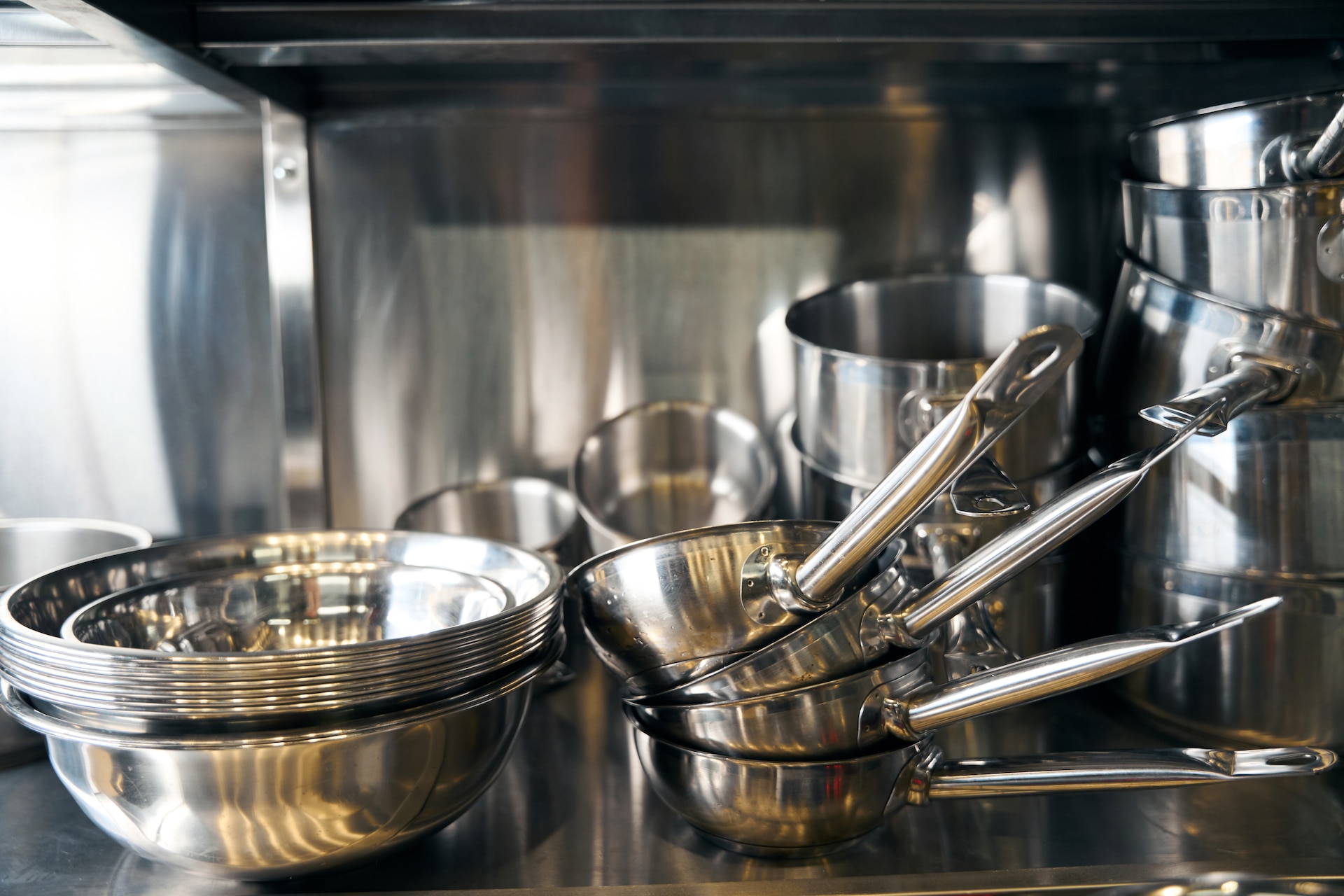Understanding Grade 434 Stainless Steel
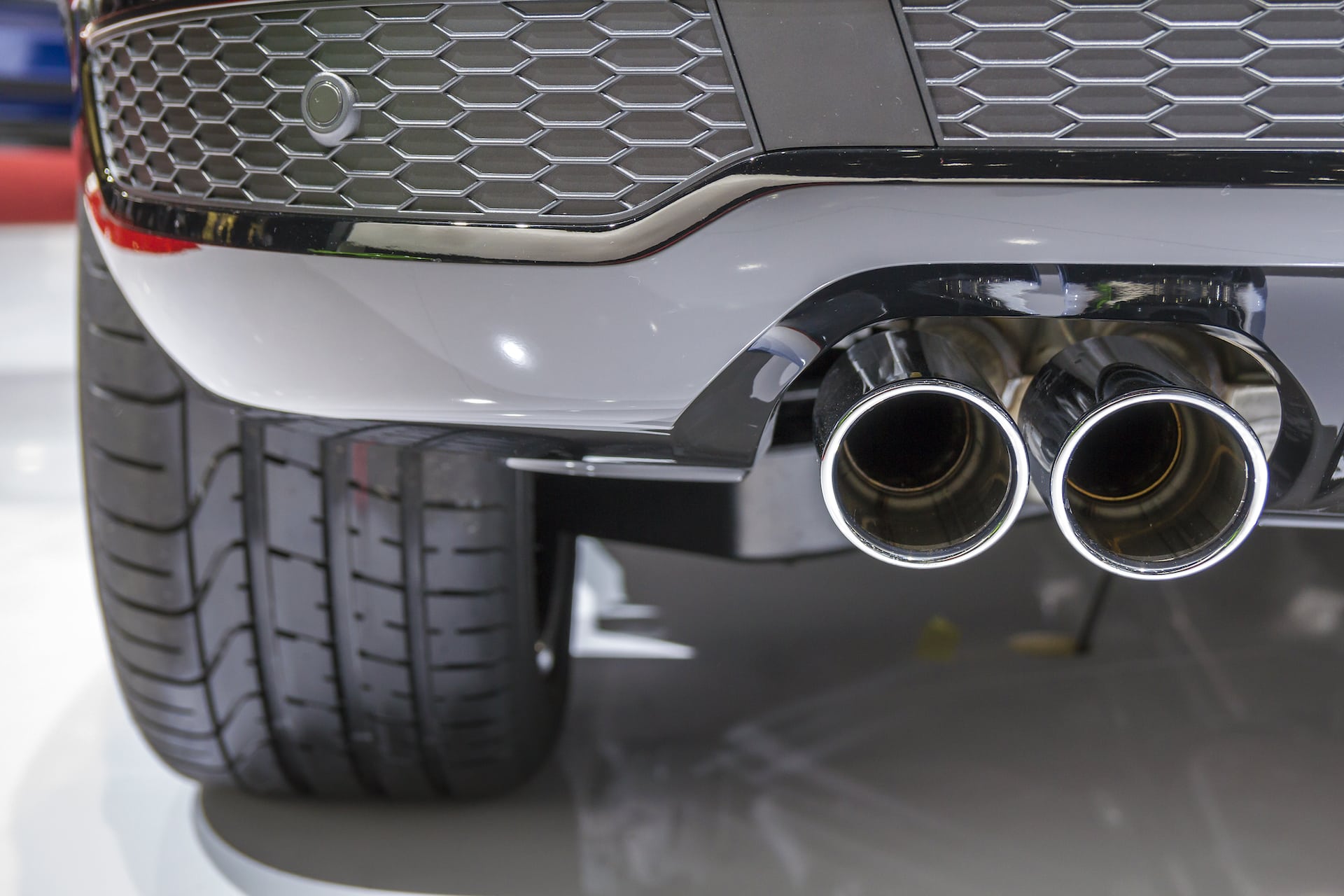
Key Properties of 434 Stainless Steel
-
Composition: Iron with 16–18% chromium, 1% molybdenum, and very low carbon content.
-
Corrosion Resistance: Improved resistance to pitting and crevice corrosion compared to 430, especially in chloride environments.
-
Mechanical Strength: Good strength and hardness for a ferritic stainless steel, though not as strong as martensitic grades.
-
Formability: Moderate formability, though not as high as austenitic grades like 304 or 316.
-
Magnetic Properties: Like other ferritic stainless steels, 434 is magnetic.
-
Heat Resistance: Performs well in oxidizing environments up to moderate temperatures but not suited for high-temperature scaling resistance like 446.
Applications of 434 Stainless Steel
434 is commonly used in:
-
Automotive trim and exhaust system components
-
Kitchen appliances and cookware
-
Heat exchanger tubing
-
Roofing and architectural panels
-
Fasteners and screws exposed to mild corrosion conditions
-
Industrial equipment requiring improved resistance to chloride attack
Advantages of 434 Stainless Steel
-
Better corrosion resistance than 430 due to the addition of molybdenum
-
Cost-effective compared to austenitic grades like 304 or 316
-
Stronger performance in mildly corrosive or chloride-containing environments
-
Good durability and longevity in service
Limitations of 434 Stainless Steel
-
Lower formability compared to austenitic grades, making complex shapes more difficult
-
Not suitable for highly corrosive environments or marine applications where 316 would be preferred
-
Limited weldability, with increased risk of grain growth and embrittlement compared to austenitic steels
-
Lower toughness at subzero temperatures, which can restrict use in cryogenic applications
Summary
Grade 434 stainless steel offers a balance between performance and cost, making it a strong choice for applications that demand better corrosion resistance than 430 without the higher cost of austenitic alloys. With its molybdenum-enhanced durability, it fills an important niche in automotive, architectural, and industrial uses. For engineers and manufacturers, 434 provides a reliable and economical option for environments that encounter moderate corrosive exposure.
